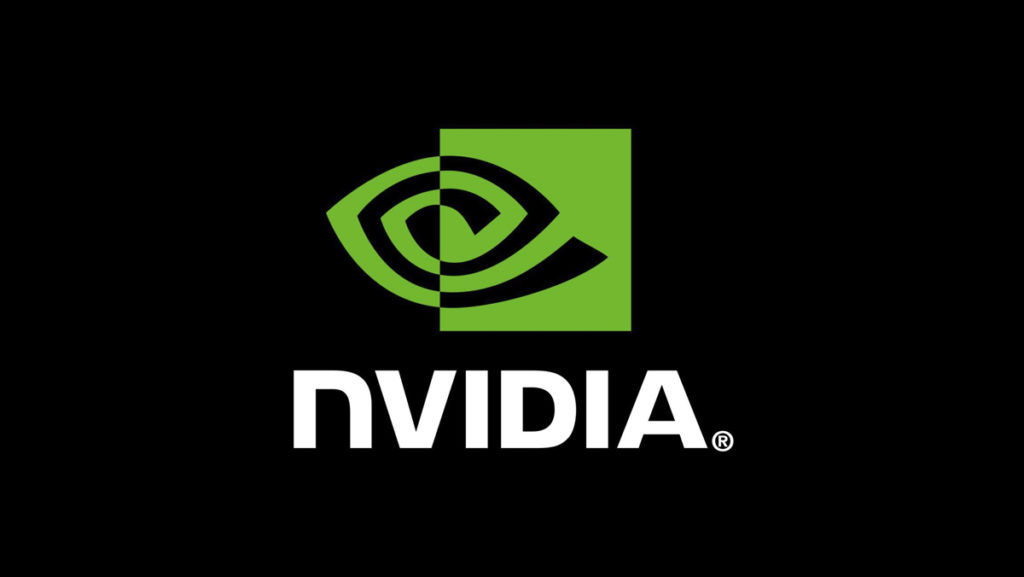- Joined
- May 6, 2019
- Messages
- 11,214
- Points
- 83
Image: NVIDIA
It appears that NVIDIA is distancing itself even further from its multi-GPU technology. According to a new support article, the company won’t be providing new SLI (Scalable Link Interface) driver profiles for GeForce RTX 20 Series and earlier graphics cards starting on January 1, 2021. Instead, it’ll simply work with developers on implementing SLI natively inside of games.
What this probably means is that SLI gaming is on its last legs. Dual-GPU setups are relatively unpopular these days, so we’re guessing that the majority of developers won’t even bother with the implementation going forward. Additionally, NVIDIA’s NVLink – the high-speed interconnect that enables multi-GPU configurations – has largely been omitted from the GeForce RTX 30 Series (only the $1,499 GeForce RTX 3090 supports it)...
Continue reading...

